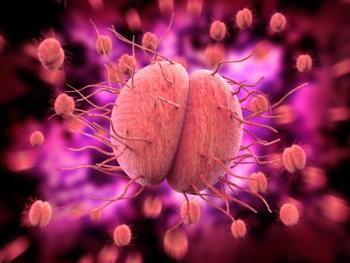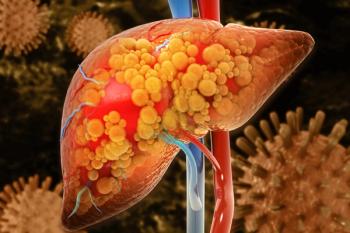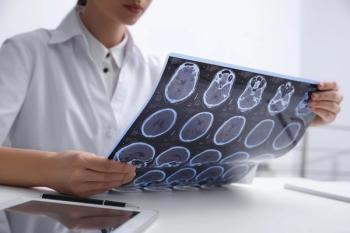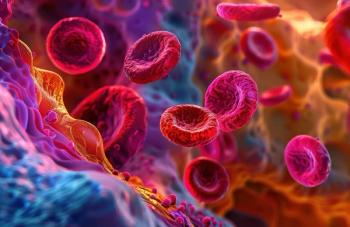
Researchers Assess Myofascial Trigger Points in Migraine and Tension-Type Headaches
Myofascial trigger points are prevalent in both migraine and tension-type headaches. However, their role in the pathophysiology of each disorder and to what degree is unclear.
Myofascial trigger points (MTrP)—a hyperirritable spot in skeletal muscle associated with a hypersensitive palpable nodule in a taut band—are prevalent in both migraine and tension-type headaches. However, their role in the pathophysiology of each disorder and to what degree is unclear, according to the finding of a study published by The Journal of Headache and Pain.
Researchers performed a narrative
“The spot is painful on compression and can cause referred pain, referred tenderness, motor dysfunction and autonomic phenomena,” the authors explained. “The interest in myofascial symptoms has been ongoing for centuries with similar descriptions of localized thickenings of muscles with regional pain. There have been inconsistencies and controversies in the literature on the underlying pathology, and even the existence of MTrPs.”
The authors emphasized that ultrasound is the most promising of the modalities and can be used to identify MTrPs with specific methods. However, they have not yet been evaluated in headache patients. Furthermore, the researchers recorded that active MTrP are prevalent in migraine patients and manual palpation can trigger migraine attacks.
“All intervention studies aiming at trigger points are positive, but this needs to be further verified in placebo-controlled environments,” wrote the authors. “These findings may imply a causal bottom-up association, but studies of migraine patients with comorbid fibromyalgia syndrome suggest otherwise. Whether myofascial trigger points contribute to an increased migraine burden in terms of frequency and intensity is unclear.”
When considering tension-type headaches, the researchers noted that active MTrPs are prevalent and coherent with the hypothesis that peripheral mechanisms are involved in the pathophysiology of the headache. Additionally, in tension-type headache patients, MTrPs in pericranial muscles are associated with generalized lower pain pressure thresholds, suggesting they may contribute to a central sensitization.
Since the number of active MTrPs is higher in adults compared with adolescents, regardless of a lack of significant association with headache parameters, the researchers suggest MTrPs accumulate over time as a consequence of tension-type headache instead of contributing to the pathophysiology.
“Ultrasound elastography is the most promising tool to assess MTrPs, but still needs to be performed combined with palpation, which introduces risk of bias and interobserver variation. MTrPs are very frequent in both migraine patients and TTH patients compared to healthy controls,” concluded the study. “Whether MTrPs contribute to an increased disease burden in migraine is uncertain and needs further exploration. Future research should aim to increase the quality of studies before further speculations are made.”
Reference:
Phu Do T, Heldarskard G, Kolding L, et al. Mofscial trigger points in migraine and tension-type headache [published online September 10, 2018]. J Headache Pain. doi: https://doi.org/10.1186/s10194-018-0913-8.
Newsletter
Stay ahead of policy, cost, and value—subscribe to AJMC for expert insights at the intersection of clinical care and health economics.












































